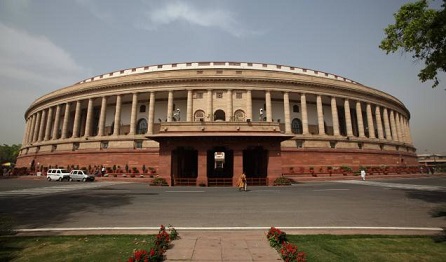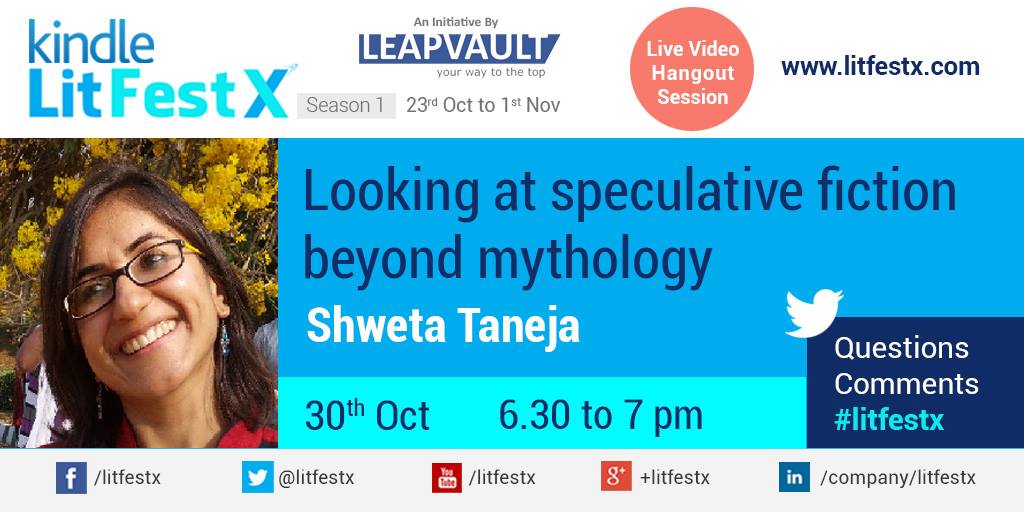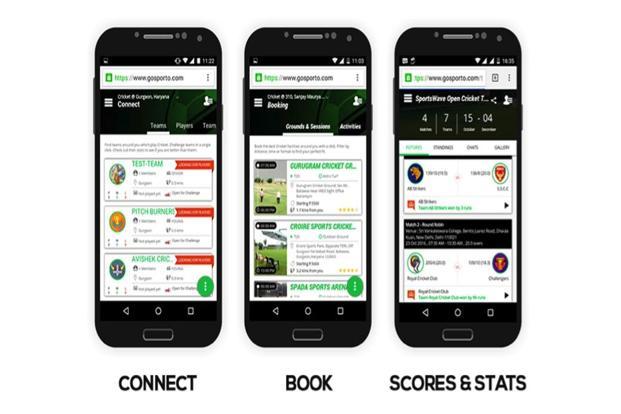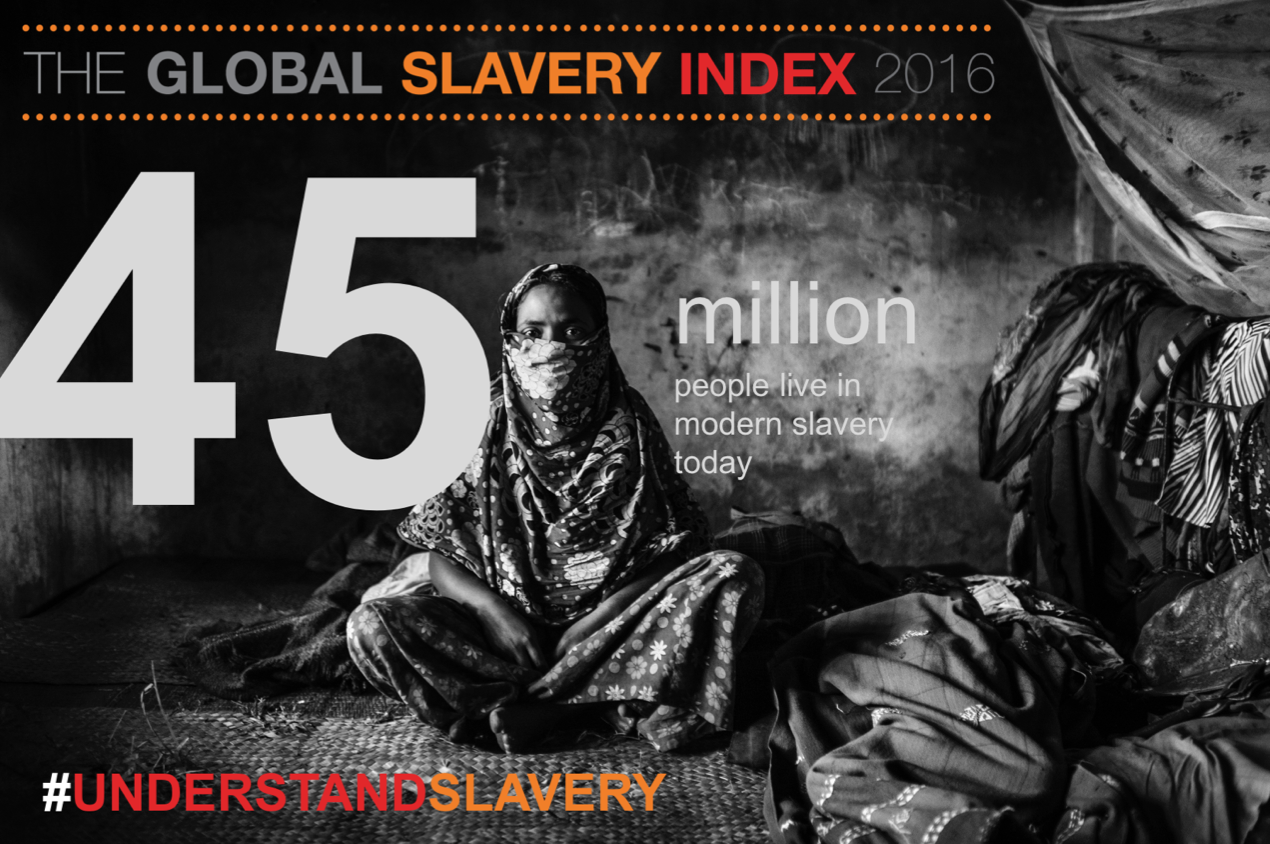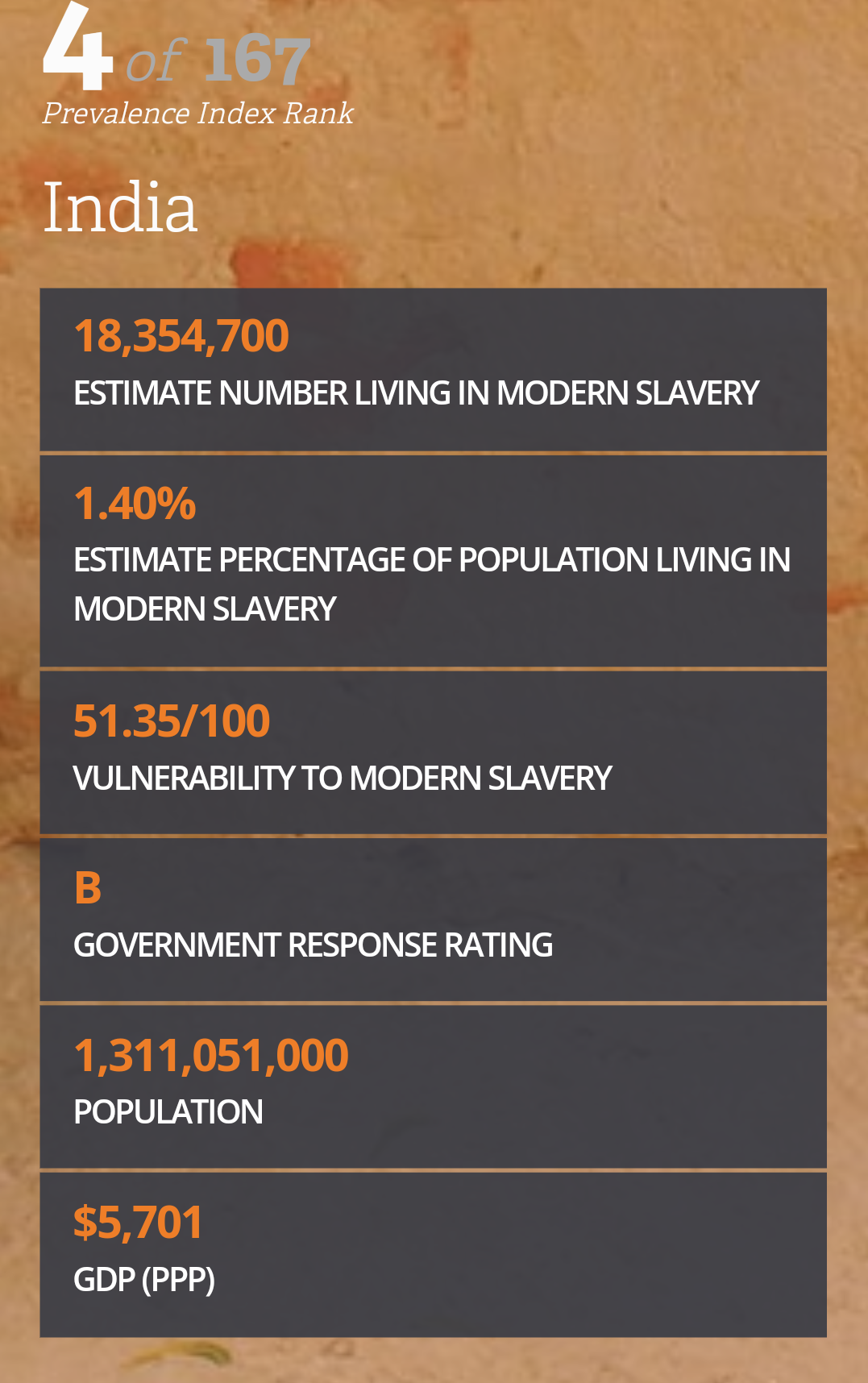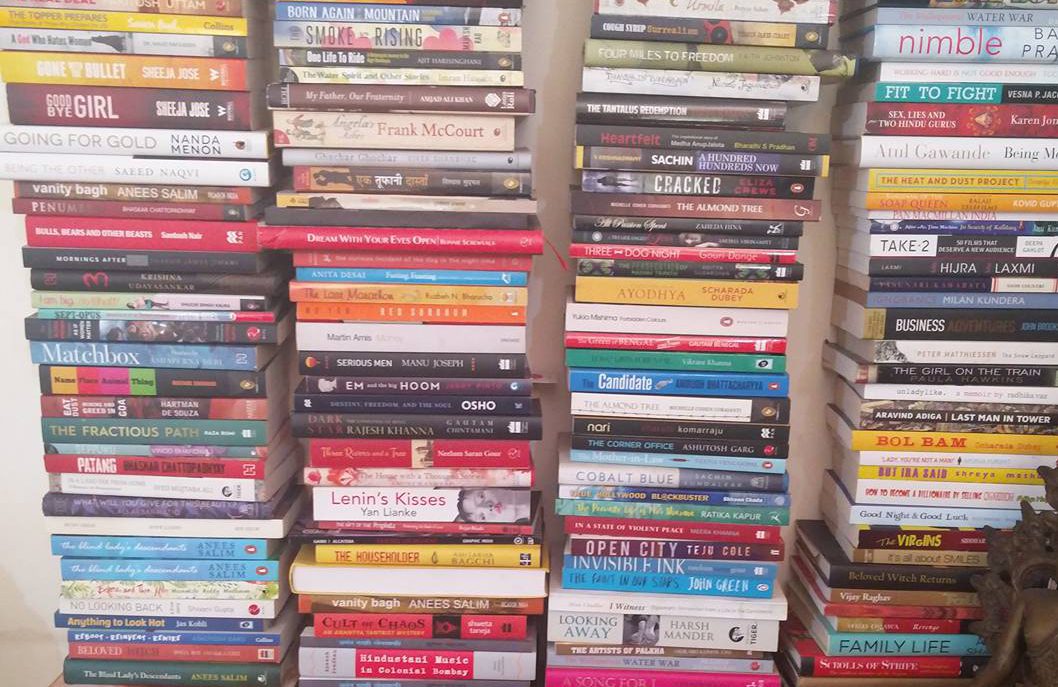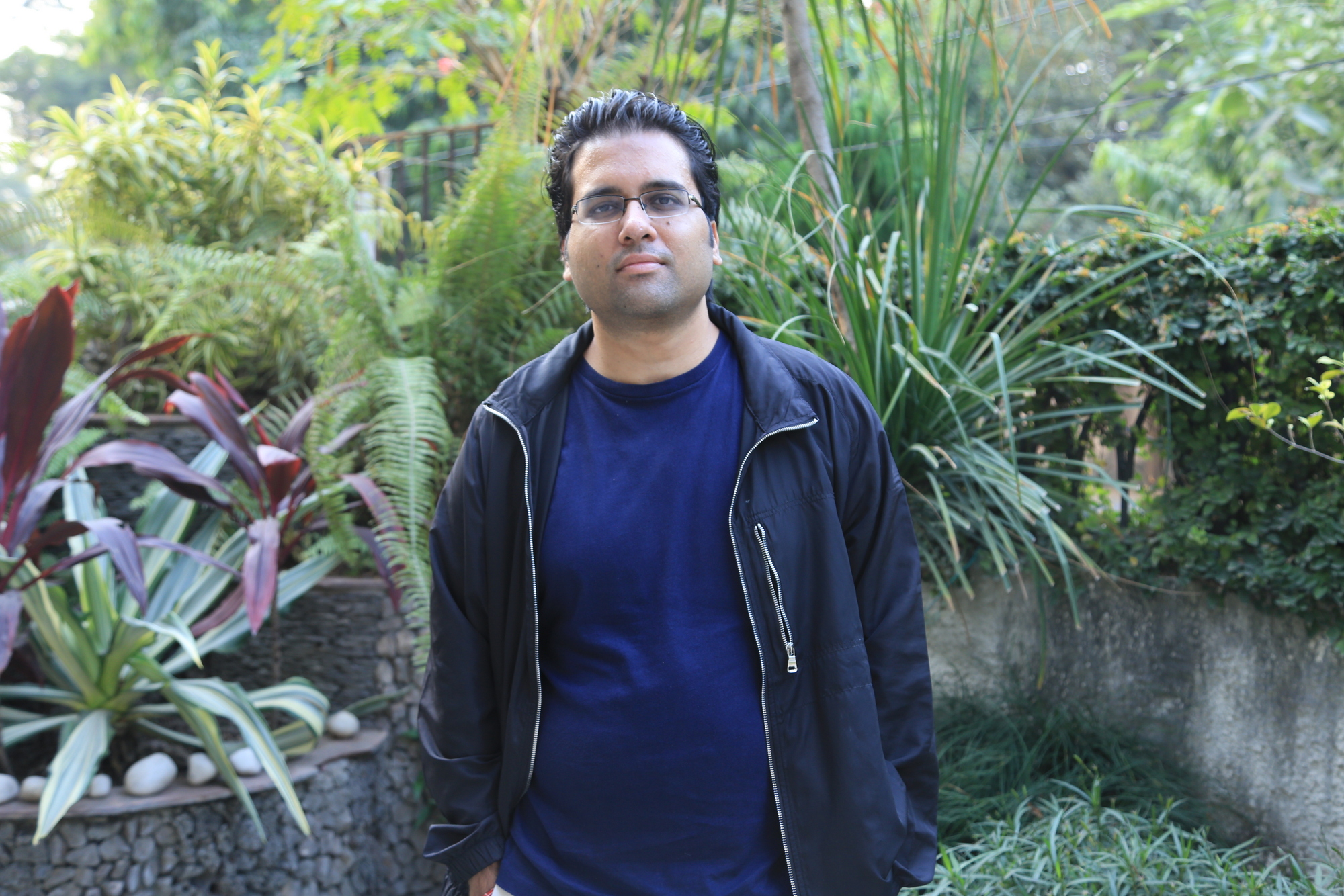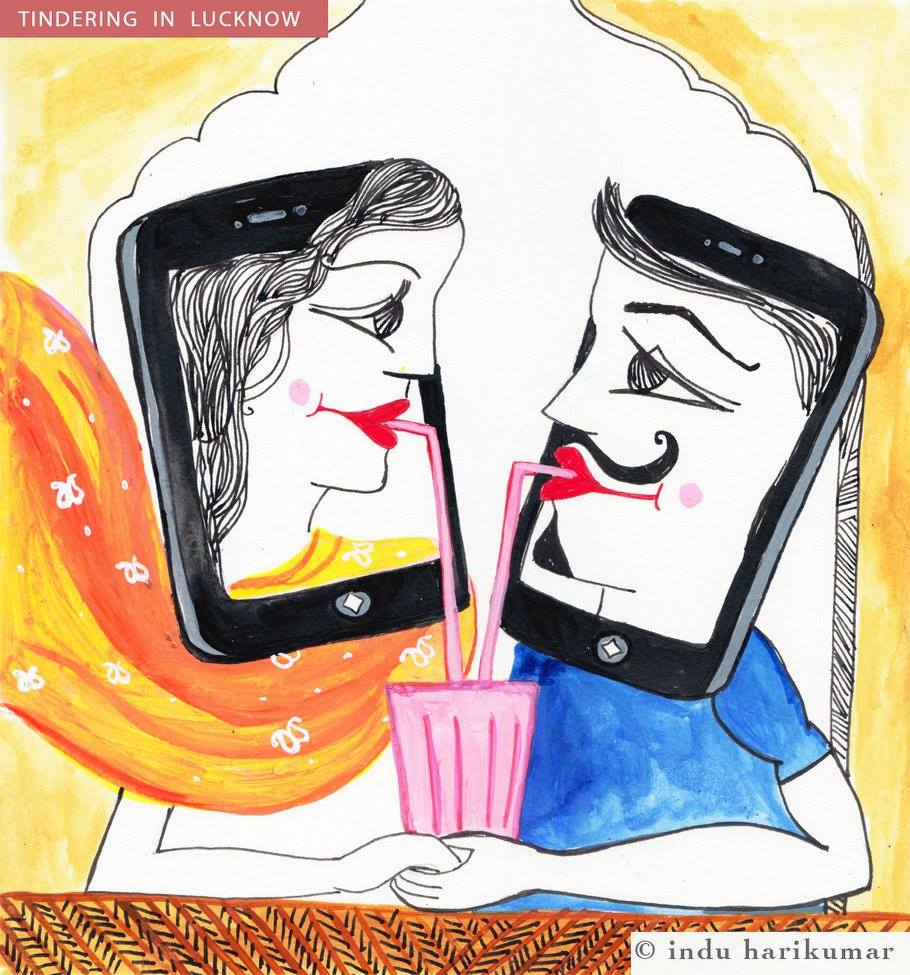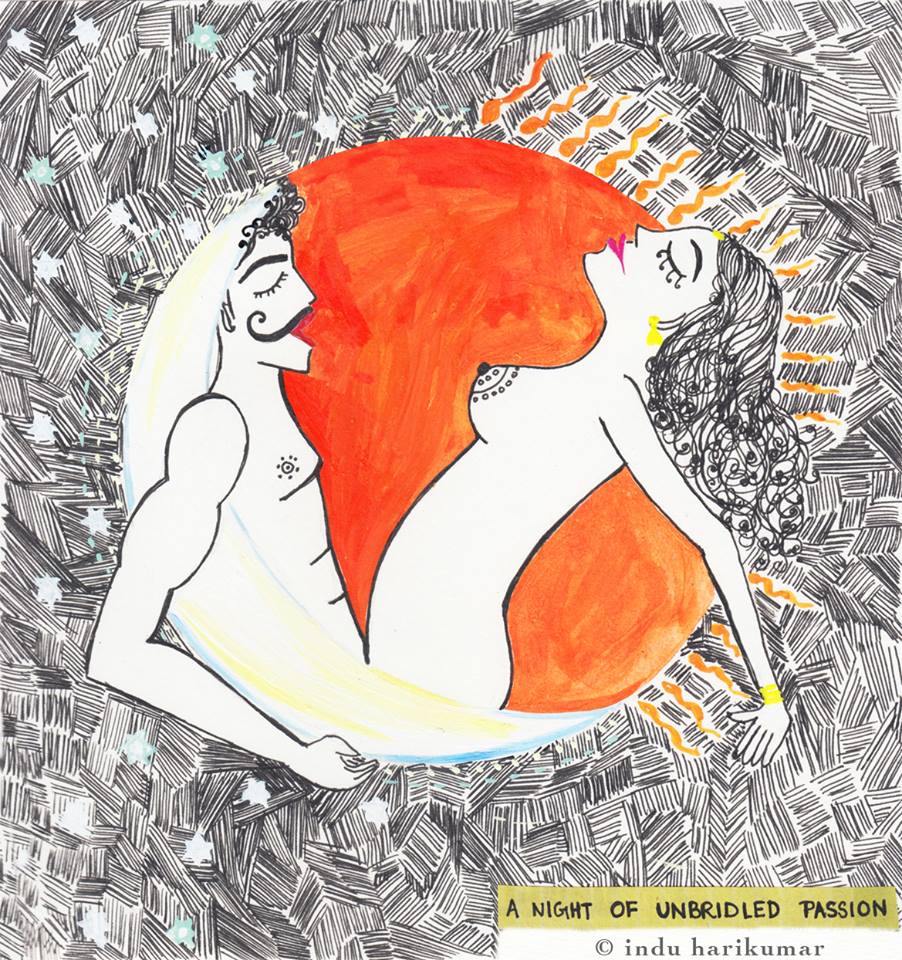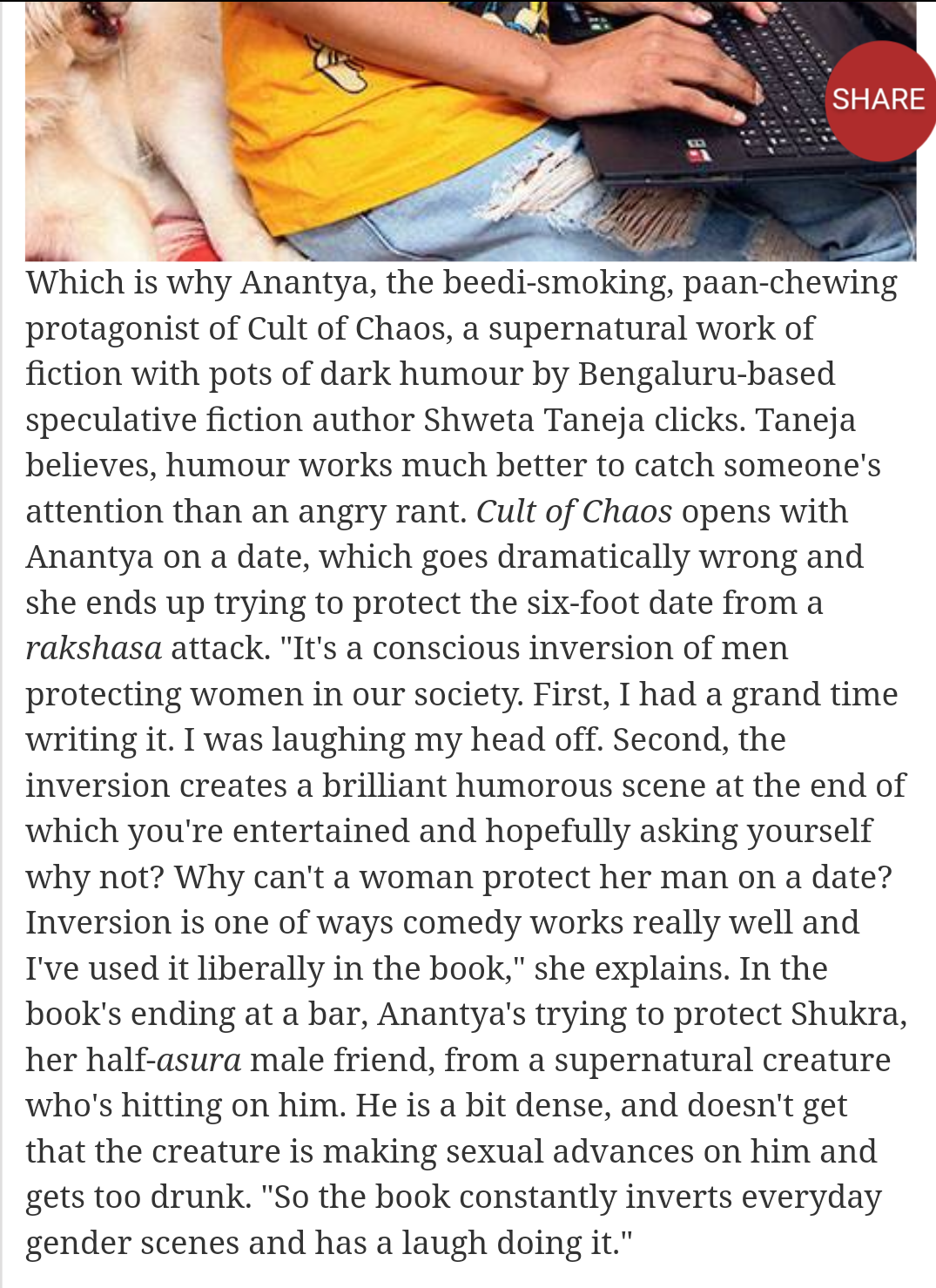The flowers are blooming, the grass is lush and green. The allergy season is here and some of us will start sniffling and coughing. “Spring brings with it flowers, fragrances and allergen pollen,” says Shikha Sharma, founder and managing director of Nutri-Health, a wellness clinic in New Delhi. When you come in contact with allergens, be it dust, smoke, pollen, pets dander, insect sting or even a strong smell, your immune system responds hyperactively, making you cough, sneeze or wheeze.
It’s the allergy season
“The irritating dry cough is difficult to control as it is a result of airway hyper-reactivity to allergens,” says Zafar Ahmad Iqbal, consultant, pulmonology, sleep and critical care, at the Fortis Hospital in Mohali. Throat allergies can lead to muscular chest pain, throat pain, wheezing and, in some cases, breathlessness and difficulty in swallowing. The best-case scenario is to pinpoint and avoid the allergen that triggers your cough, but this may not always be possible. “If it becomes severe or lasts for more than two weeks, it might not be allergic in nature,” says Dr Iqbal. “It could be bronchial asthma and you might need a doctor.” If you keep getting a sore throat, however, you should start gargling in the mornings with warm salt water to protect yourself in this season, suggests Sharma. “Gargling pulls out fluids from inflamed tissues in the throat, loosens thick mucous, and removes allergens, bacteria and virus from the throat,” says Sharma. As the mucous thins and the bacteria clears up, your throat will feel better. So before you ravage your body with another anti-allergen pill, try these natural ways to get rid of those constant wheezes.

Shy away from all things floral
Continue reading “Natural ways to get rid of springtime allergy”




